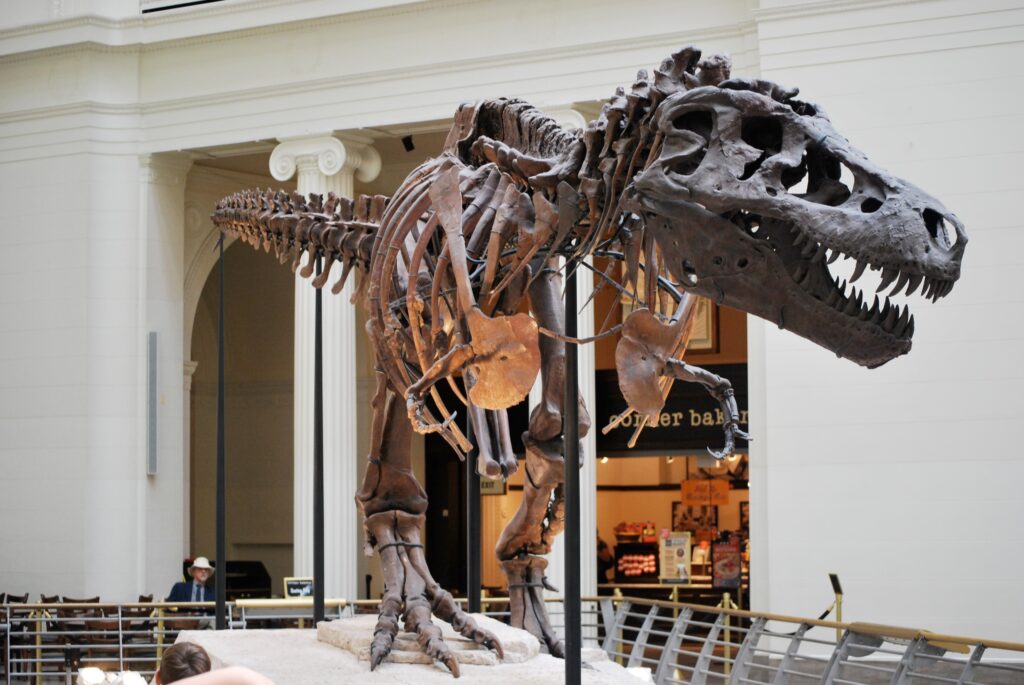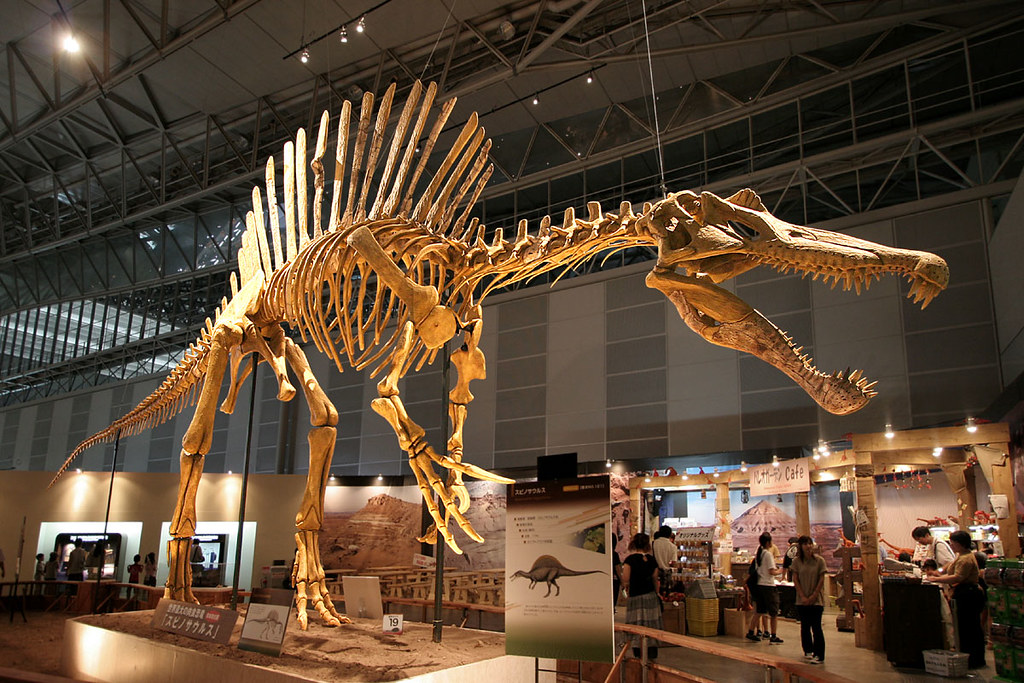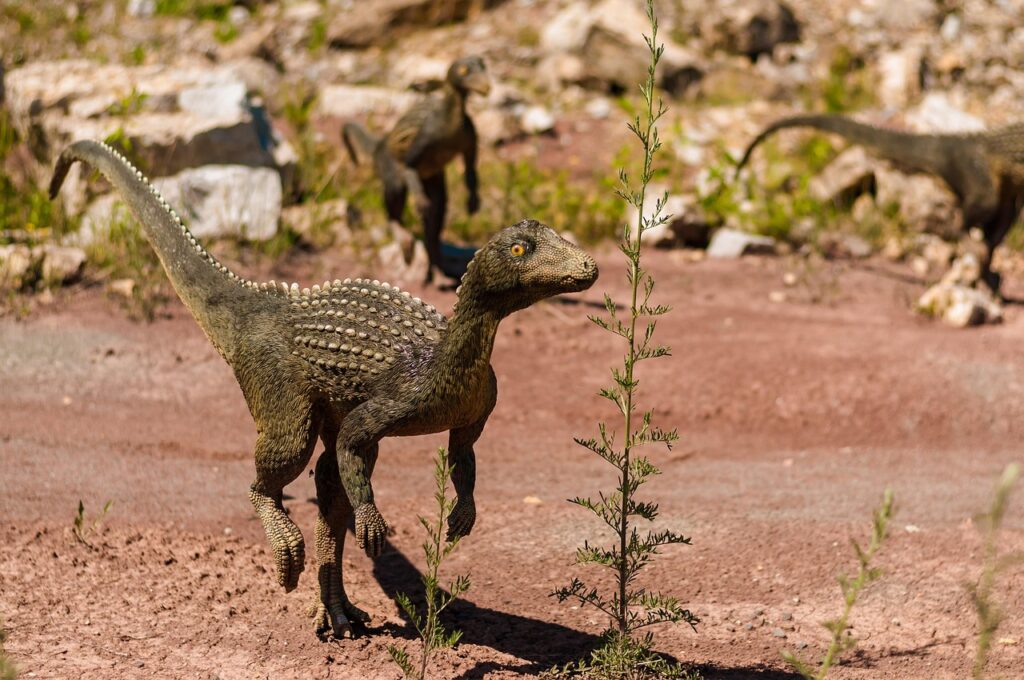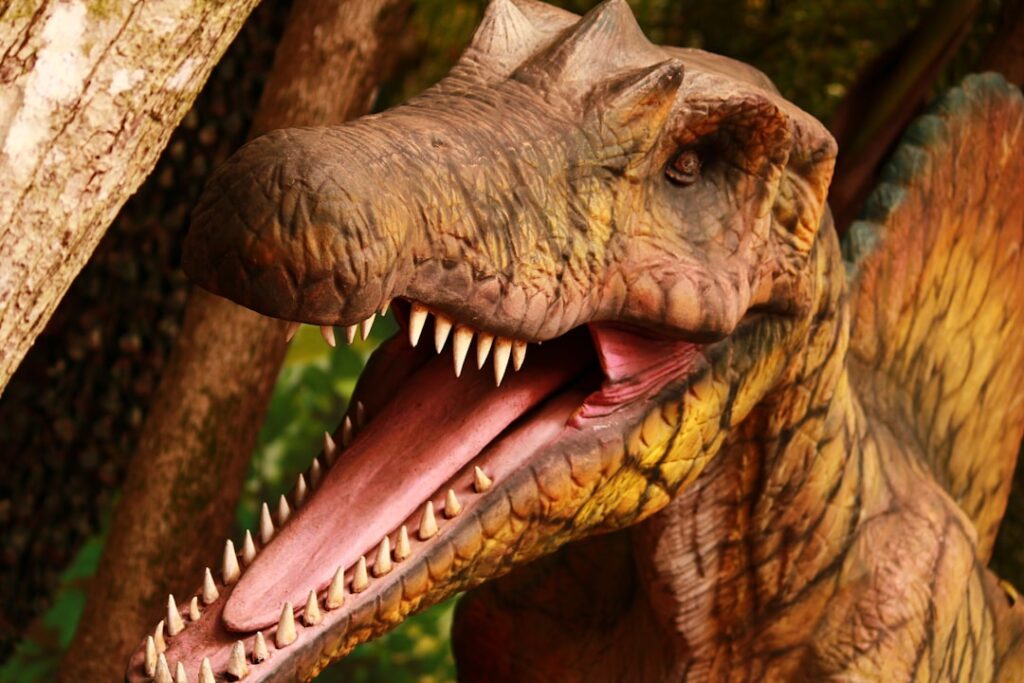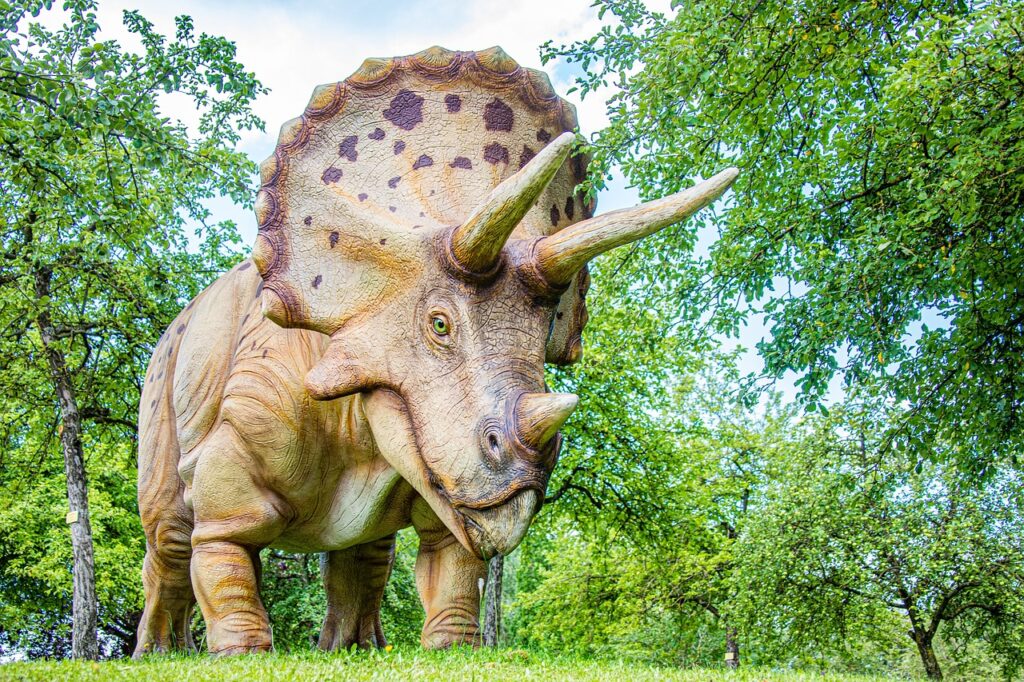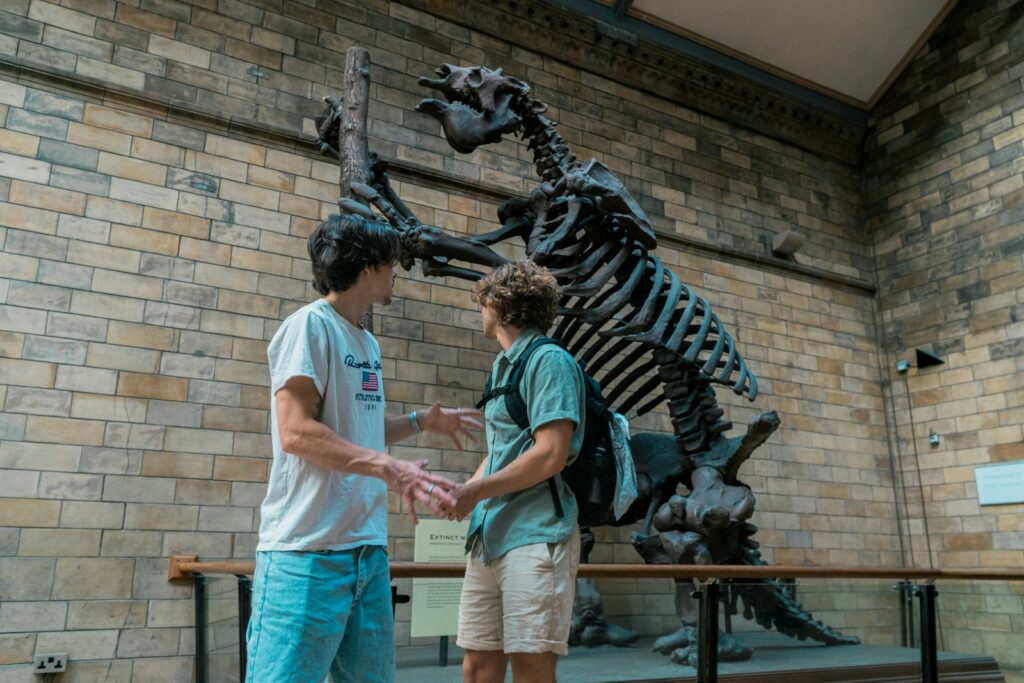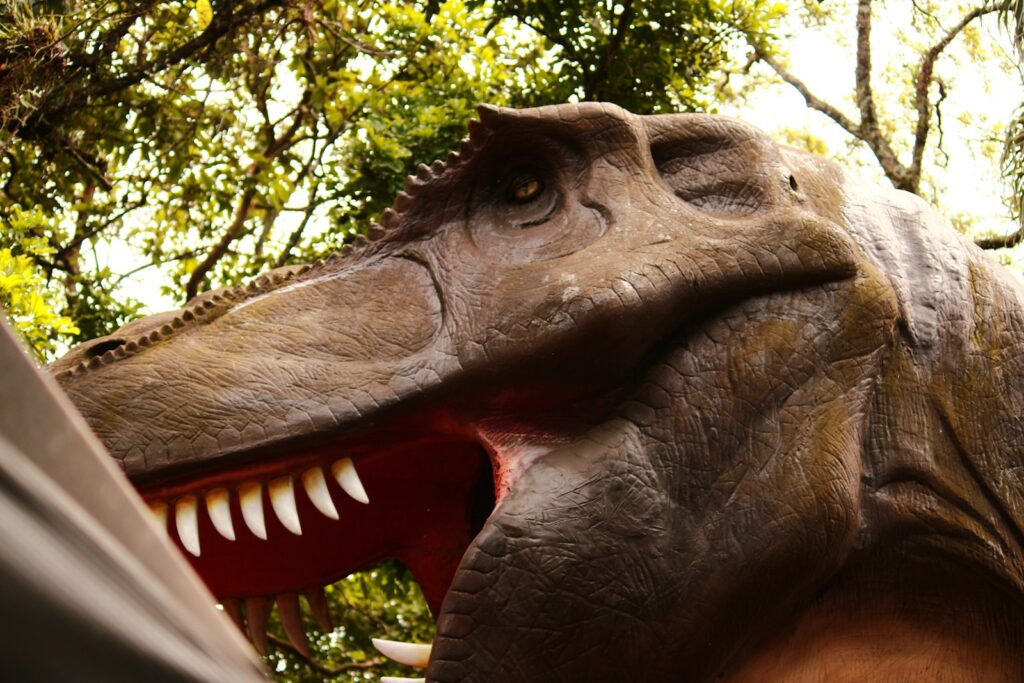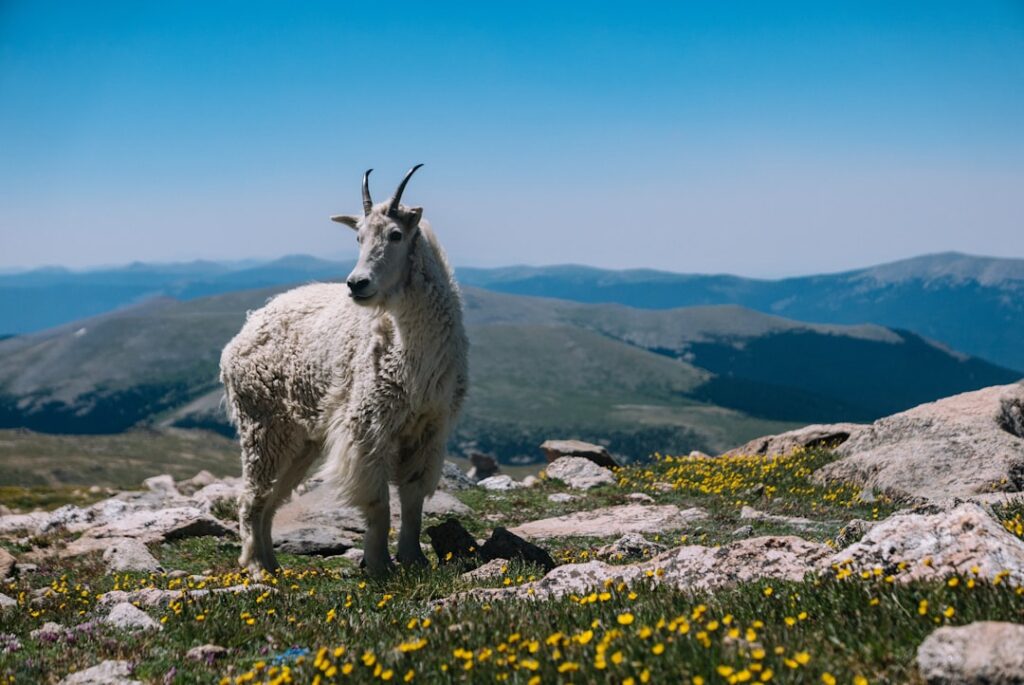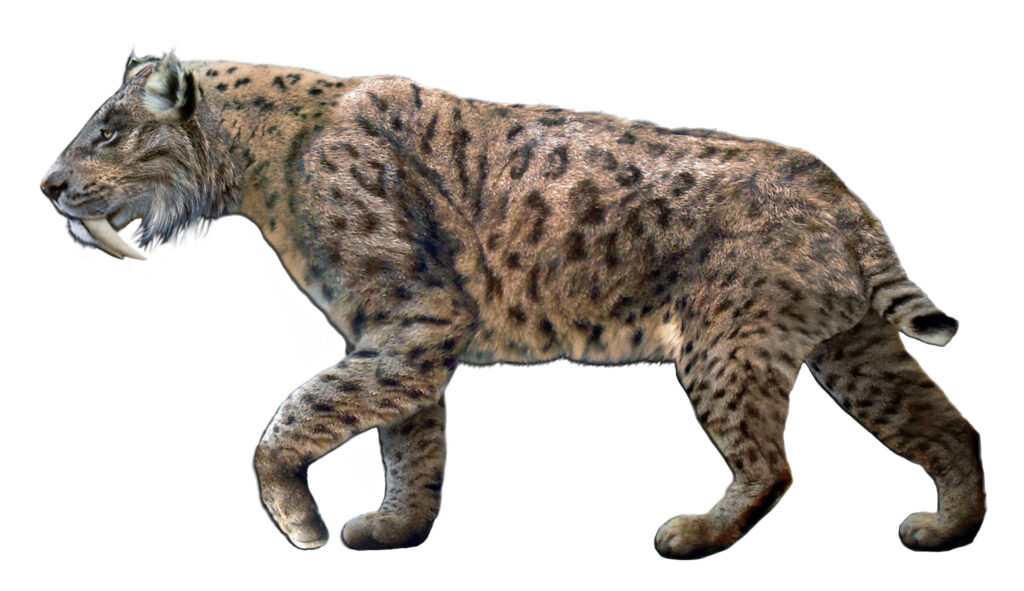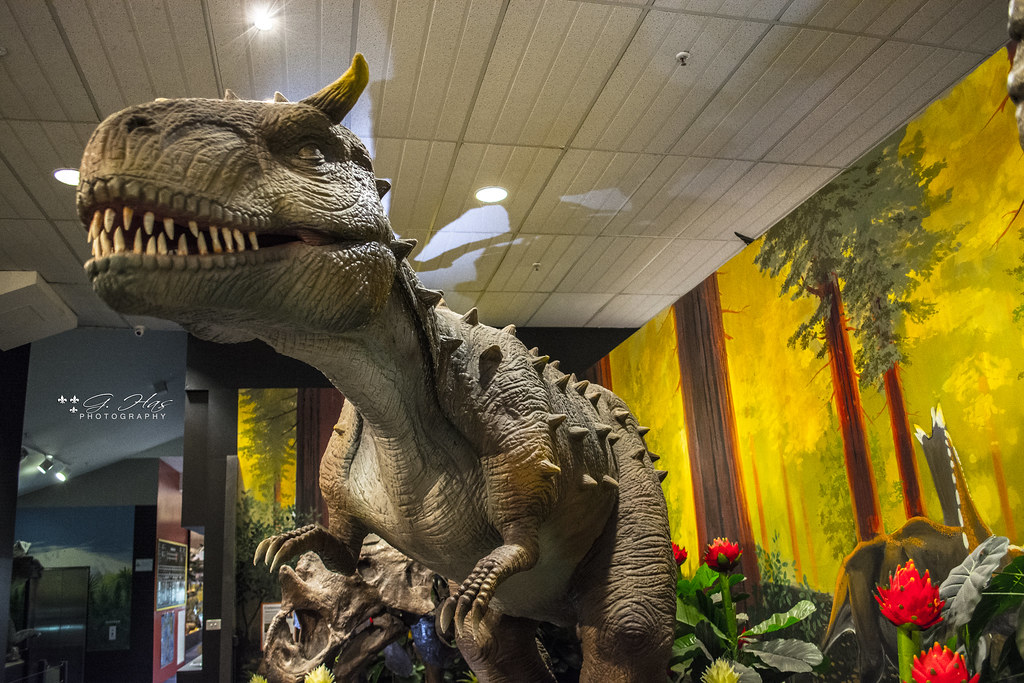Sue the T. rex and More: A Dino Journey Through Chicago’s Field Museum
Stepping through the doors of Chicago’s Field Museum is like entering a time machine that whisks you back hundreds of millions of years. When you enter the museum, you’ll be greeted by one of its most famous residents – Máximo the Titanosaur, the largest dinosaur to ever walk the earth. But the main attraction, the ...

